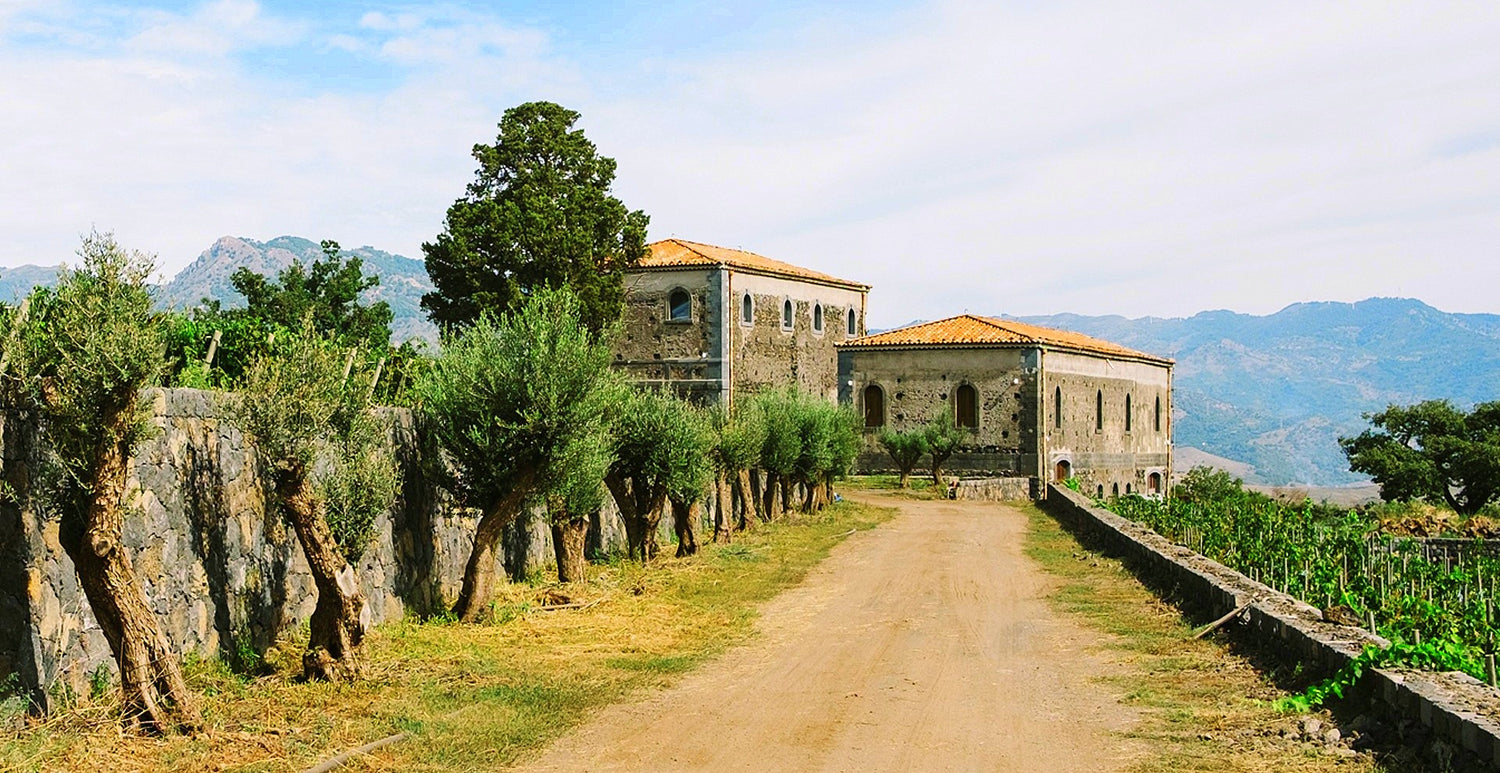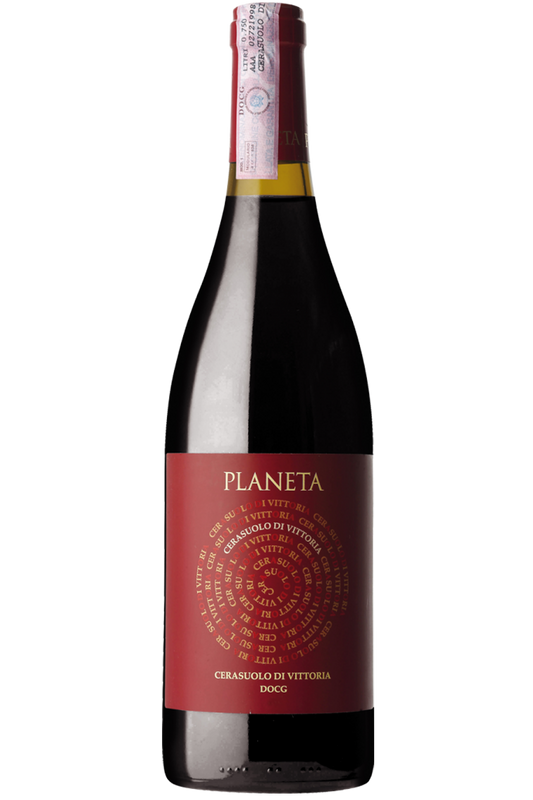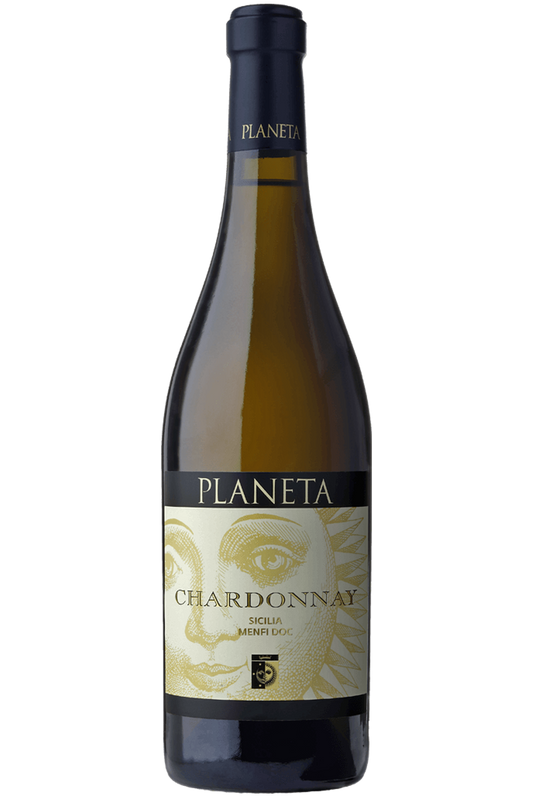The Mediterranean's largest island is steeped in fire. Its many volcanoes have shaped both the Sicilian land and the rich imaginary world that surrounds it. For it was in Mount Etna - whose etymology "aith" means "I burn" - that Hephaestus, the Greek god of fire, held his forge. But Sicily also emerges from a water made of mirages that used to frighten sailors away: the Strait of Messina is said to be home to the castle of Morgana the Fairy. Weather permitting, tiny droplets of rarefied water suspended in the air act like a magnifying glass, reflecting the Sicilian landscape in the sea or sky and bringing the smallest details of the island closer. It was to this mirage that a king succumbed when Morgana appeared to him, promising to reclaim whatever she showed him: he stepped towards the landscape he thought was only a stone's throw away, and drowned in the sea.
These legends tell of the extent to which this land is both feared for the untamable natural forces that animate it, and coveted, having been so often occupied by various conquerors, from the Phoenicians to the Arabs, including the Greeks. Attracted by its fertile soils and strategic location between Africa and Europe, they left behind numerous remains: temples, theaters and fortresses, as well as coins, mosaics and pieces of pottery that resurface from time to time.
Sicily's terroir is a reflection of its rich and turbulent history: there are seven types of soil; its landscapes are diverse, mostly made up of hills and coasts, rocky in the north and sandy in the south; its vegetation varies between Mediterranean and subtropical flora; its climate is mixed, with a wide range of temperatures, inviting rain but also the sirocco, a wind that originates in the African desert and carries the sand of the Sahara. All this amid intense volcanic activity. The winegrowers have resigned themselves to this environment: on these hillsides, which are inaccessible to machinery, picking is still done by hand, and the spacing of the vines takes into account Etna's possible irruptions, so that they are surrounded by olive, fig and citrus trees or wild areas that preserve the equilibrium of the place. The vineyards are planted at altitude, often on terraces. The volcanic soils, which do not allow parasites such as phylloxera to develop, protect the vines, so that some, planted over a hundred years ago, are still thriving.
Wine production in Sicily - which can be traced back over three millennia - had a strong productivist tendency in the 20th century. The ten million hectoliters of wine produced annually in the 70s were shipped in bulk to other regions of Italy and Europe, serving to blend other wines, and giving them more body. From this period, Sicilian winemakers brought with them grape varieties grown elsewhere, such as Cabernet Sauvignon, Merlot and Syrah. Since then, however, the quality of Sicilian vintages has gained ground, particularly with indigenous grape varieties such as Nero d'Avola, Nerello Mascalese and Nerello Cappuccio for reds, and Carricante and Grillo for whites, which are among the island's 85 indigenous grape varieties. These have succeeded in establishing themselves at regional and international level, certainly blessed by the fires of Mount Etna.












